9 Tips and Tricks for In-App Messages
Published on July 29, 2021/Last edited on July 29, 2021/6 min read
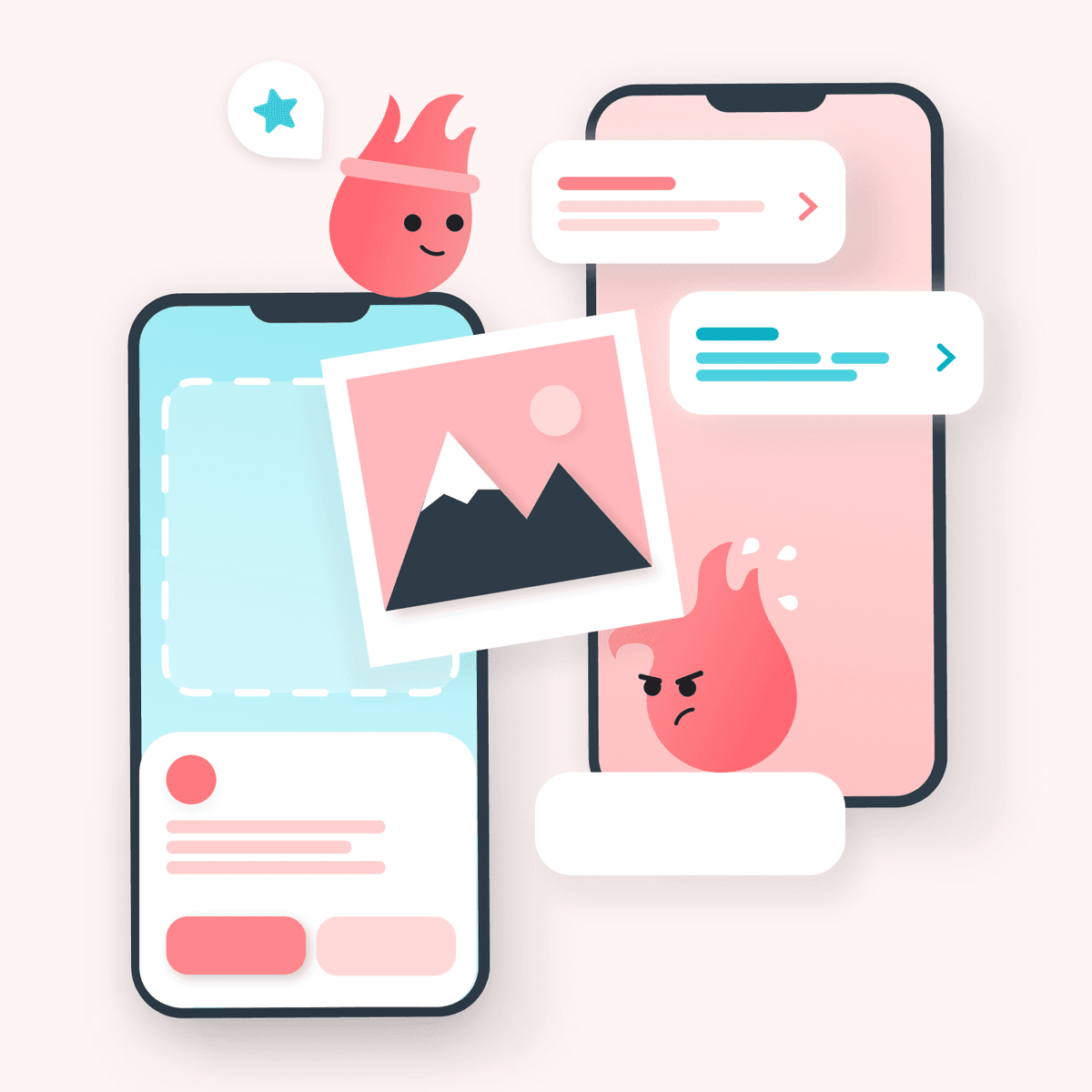

Mary Kearl
WriterIn an increasingly mobile world, in-app messages are a powerful channel for reaching engaged users in the moments that matter most, right when they're ready to take action. If your brand is exploring adding in-app messaging to your messaging mix or if you're ready to take your existing strategy with the channel to the next level, there's never been a better time to do so. After all, our research has shown that customers on the receiving end of in-app messages are 131% more engaged than those who receive no messages.
To learn more about this all-star channel, let's dive into top tips shared by experts in our Braze Bonfire Masterclass all about in-app messaging in the Braze platform.
#1: Know When to Use In-App Messages (IAMs)
IAMs are most effective when your brand needs to communicate something directly to your customers and when you want to be sure the message is seen and receives engagement.
In support of a broader cross-channel messaging strategy, marketers can use in-app messages to:
- Guide users to explore specific features or products
- Help customers navigate from the home screen to other parts of the app
- Secure permissions for receiving push notifications, agreeing to terms and conditions, and more (See tip #2 below)
- Deploy personalized alerts, such as letting users know how many steps they've taken or what level they've achieved in a game
#2: Increase Permissions Opt-In Rates Using In-App Messaging
Looking to increase your brand's opt-in rates for customer permissions associated with sending push notifications, location sharing to power your location-based marketing, app tracking transparency, and more? That's one great use case for in-app messages—savvy brands use this channel as a way to effectively prime customers for these kinds of opt-ins.
For instance, push primers are campaigns that can be deployed—using in-app or in-browser messaging—as prompts that show up before a generic iOS or web push enablement system prompt, offering more information about the benefits of receiving push notifications from a given brand.
So instead of seeing a basic prompt like this one...
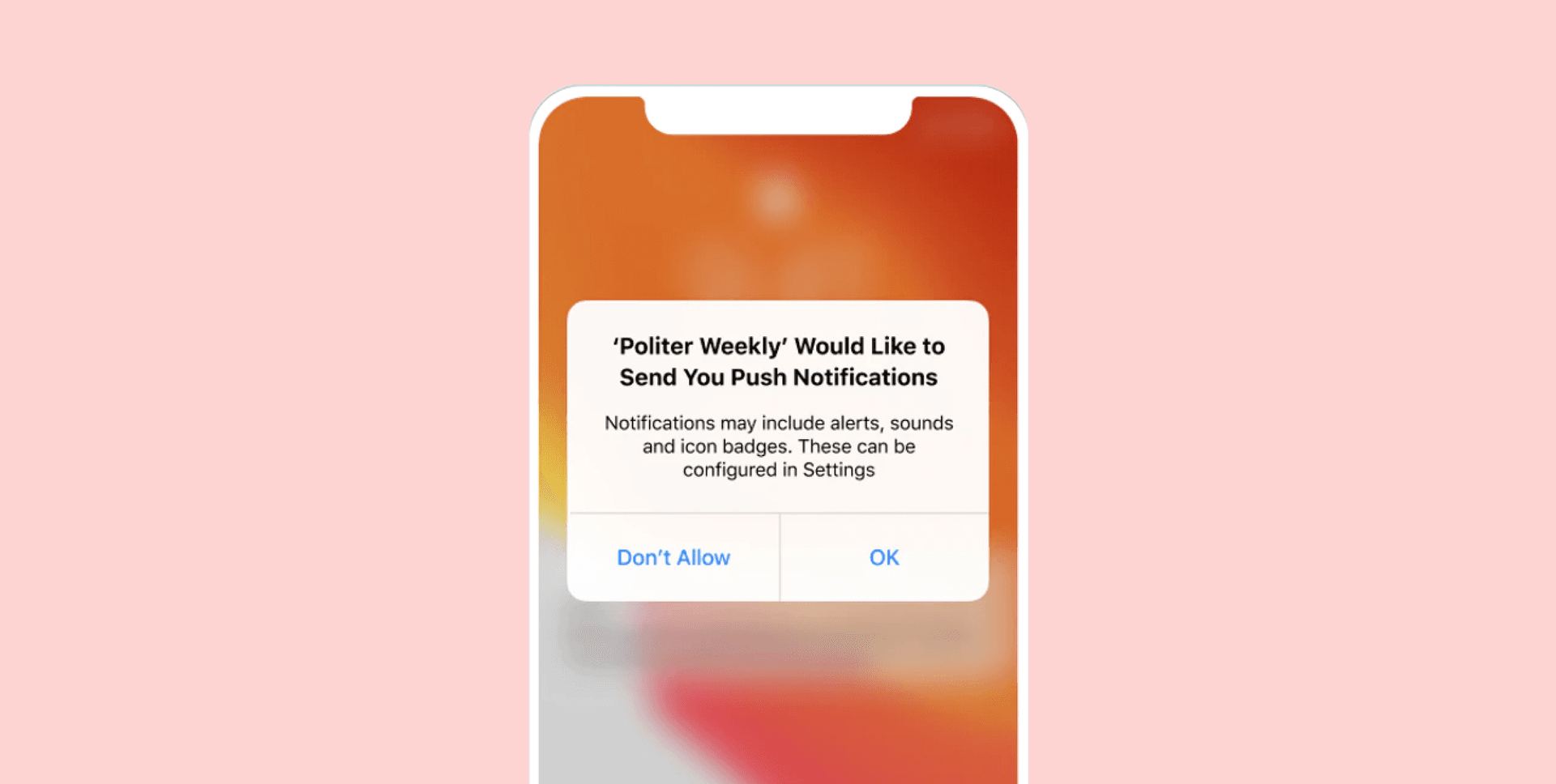
You can add personality and context to your message, with a primer like this one:
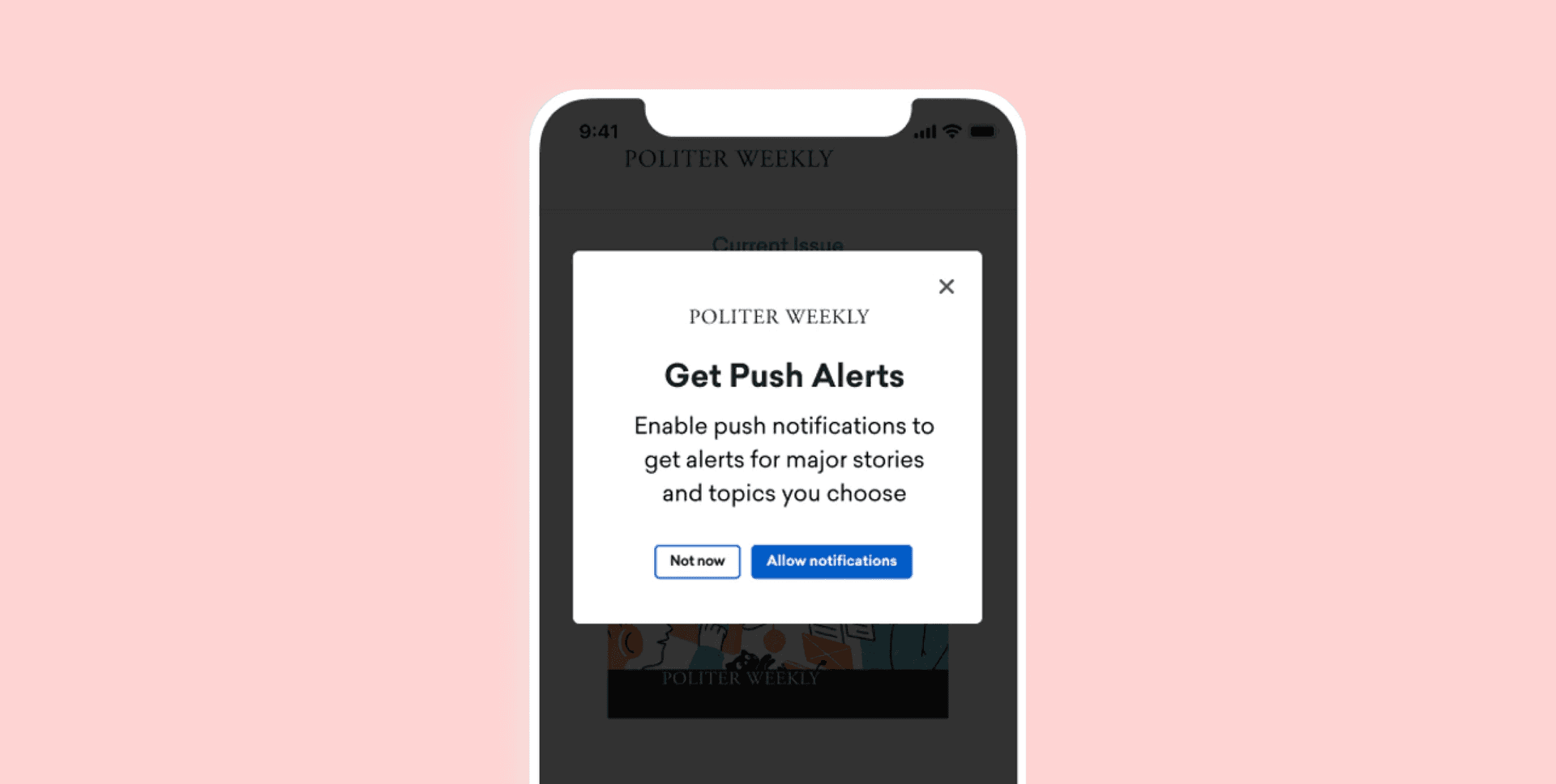
#3: Natively Customize the Look of Your In-App Messages
Looking to add your own unique touch to your in-app messages? Here's a handy code snippet you can use to provide a custom view controller in connection with iOS IAMs.
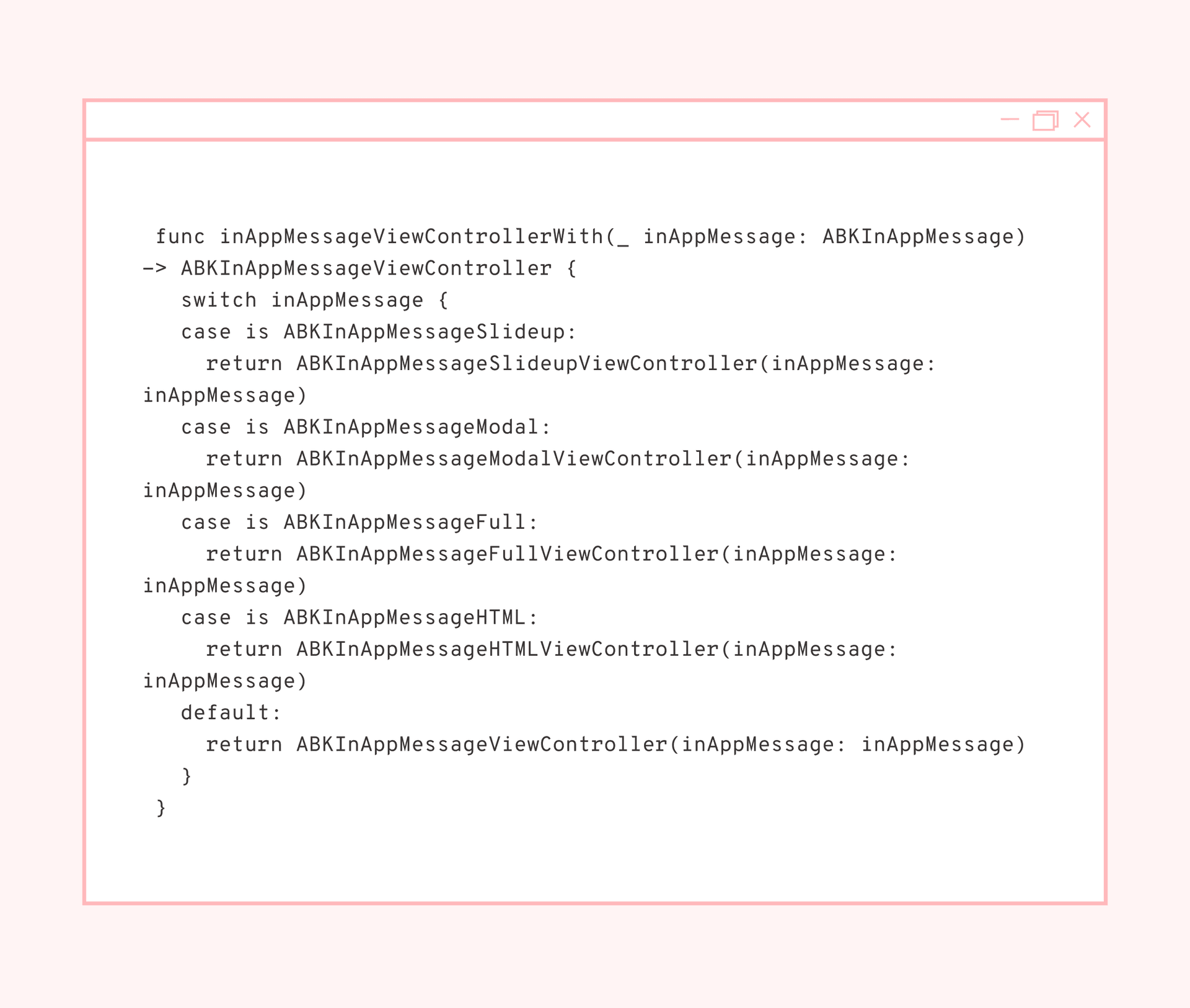
Tip: You can subclass your customizations and modify the UI, all while maintaining the traditional functionality of your in-app messages powered by Braze.
#4: Use This Trick to Deploy In-App Message Welcome Campaigns
Successfully onboarding customers is key to longer-term retention—that's what makes welcome campaigns so incredibly powerful. So, what's the best way to ensure in-app messages get delivered to new users right when they first download your app?
In-App Welcome Campaign
Session Count = 0
Trigger off session start
It's really simple: All you need to do is set up a triggered campaign to send to all customers when their session count is set to 0.
#5: Set Up In-App Message Chaining
When you want one IAM to trigger a subsequent IAM in iOS, like a domino effect, use this handy code:
By using the ABKInAppMessageUIDelegate method here:
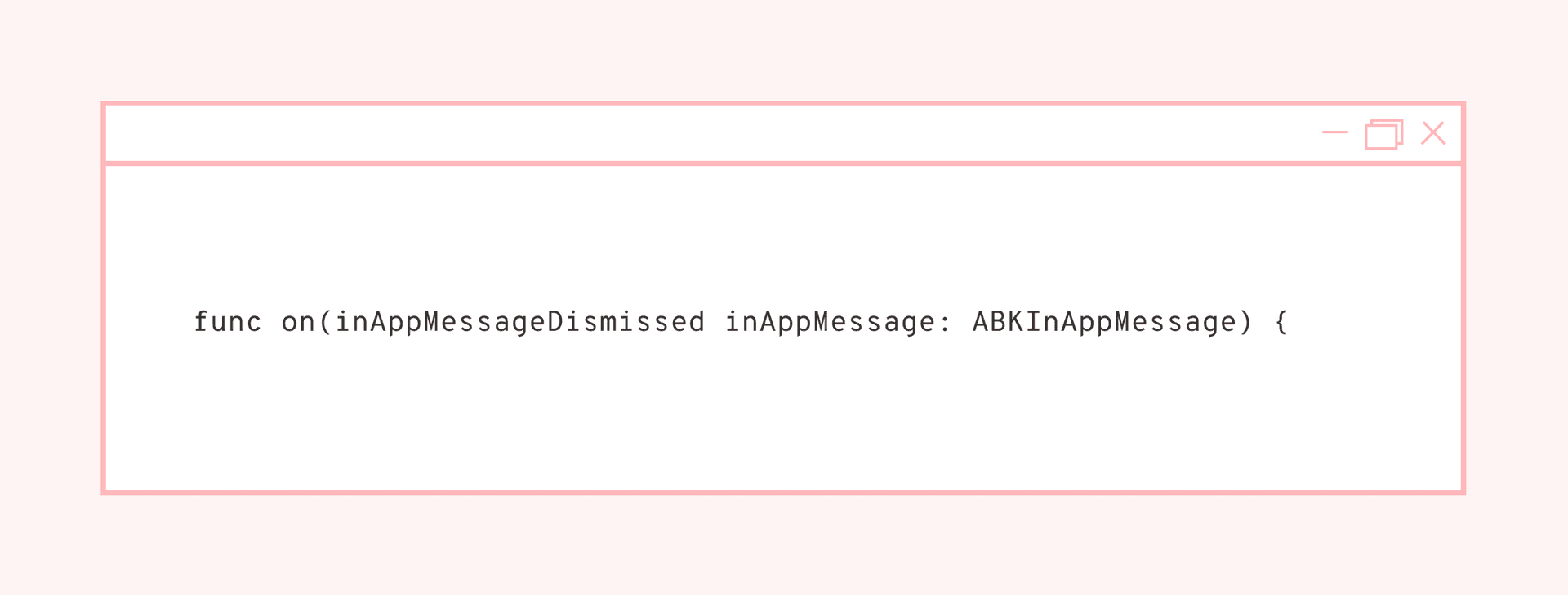
The function will get called when an IAM is about to dismiss. With this code here, you can log an event that will trigger a second IAM:
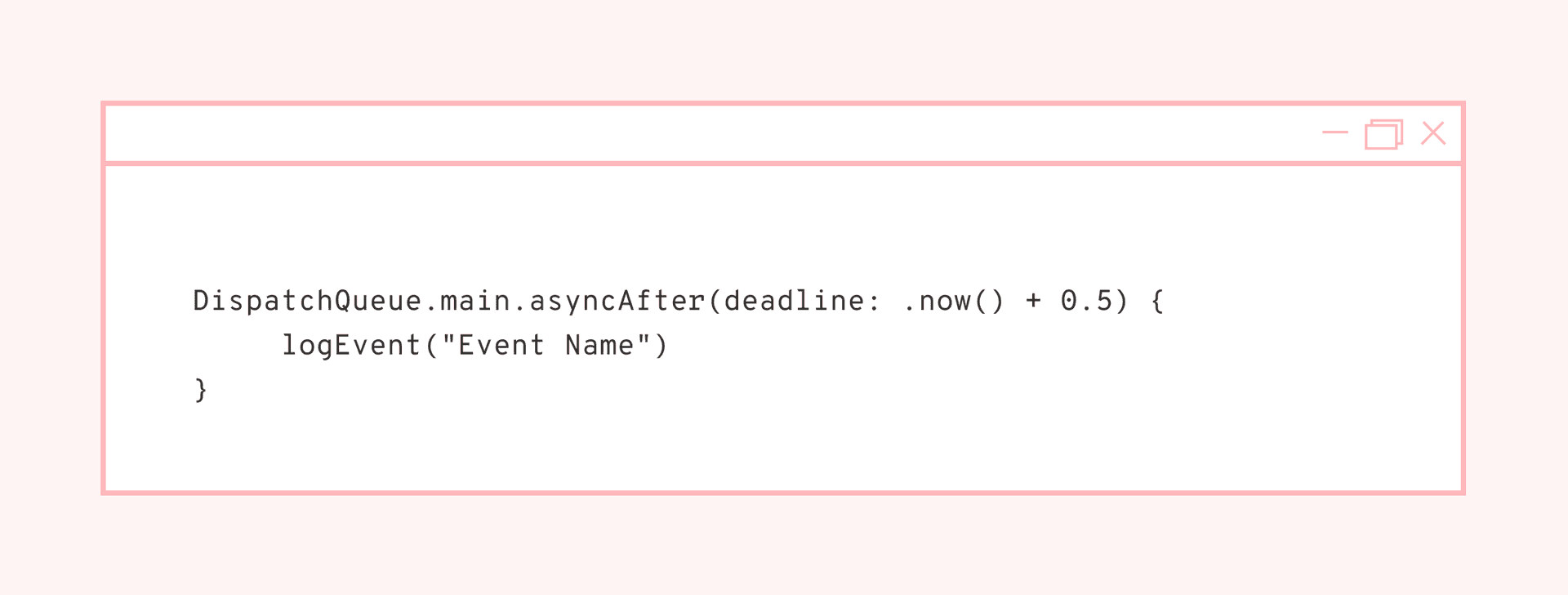
(Note: We have added + 0.5 because there must be a slight delay for the IAM to officially dismiss. This code also assumes you have set the minimum interval trigger set to 0 seconds.)
#6: Hide Your In-App Messages from Select Screens, If Desired
To suppress your in-app messages on certain screens within your app (for instance, ensuring marketing messages don’t interrupt users while they’re playing a mobile game), you can use these methods to:
Hide IAMs on Android:
Using the Braze SDK, use inAppMessagingRegistrationBlocklist to detail any Activity in which in-app messages should not appear. Each class should be retrieved via Object.getClass(). If null, an empty set will be used instead.
...on iOS:
While there is no direct way to suppress these messages from within the Braze SDK, one hack that works well is to query the top-most view controller to determine which screen is displaying. From there, you can apply logic to determine whether a screen is supported. Here is one way to find out which screen is the top view controller.
...on web applications:
Because in-browser messages (IBMs) are not set to display by default and only display when a specific prompt is called, if you'd like to prevent IBMs from displaying on specific pages of your company's website, you can choose to not call all appboy.automaticallyShowNewInAppMessages() or appboy.subscribeToNewInAppMessages on these given pages.
#7: Track All of Your HTML In-App Message Button Clicks
Using HTML in-app messages that contain multiple buttons? It's easy to track the clicks for each one individually (up to 100 unique buttons) using this handy code:
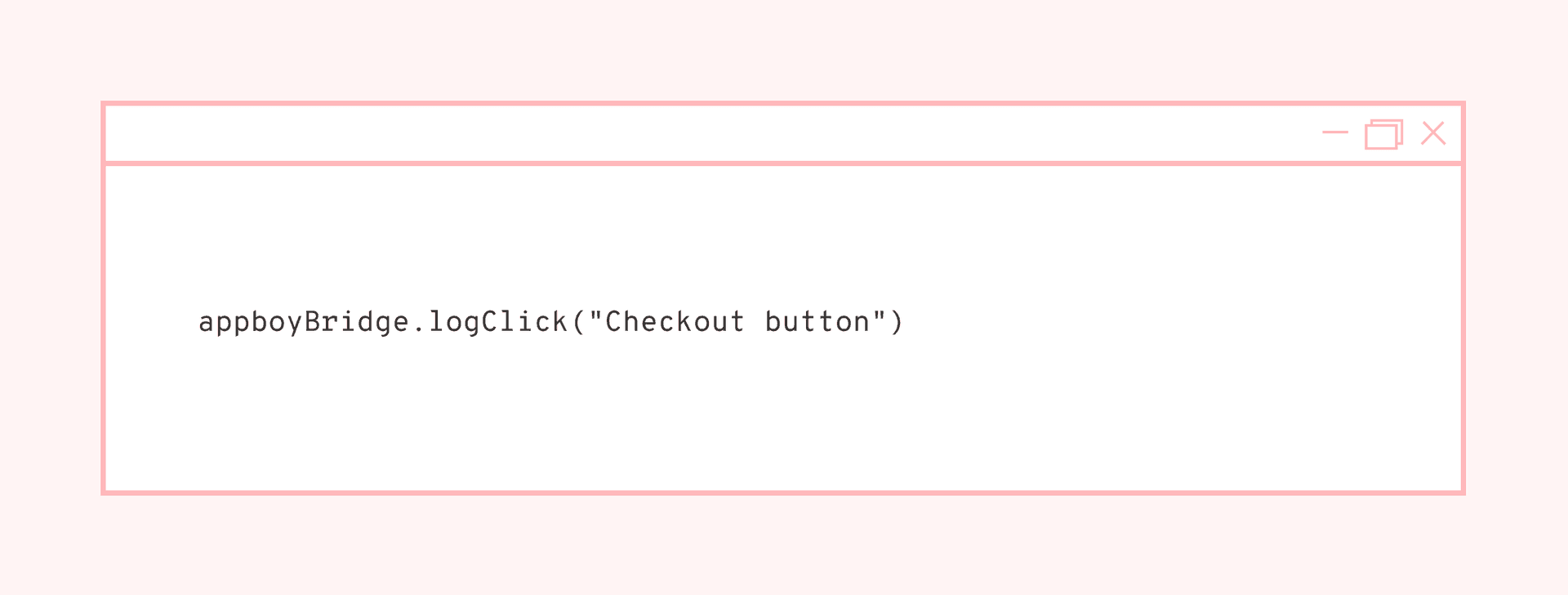
(Note: The name of the button will be logged as the click that appears in your dashboard.)
Tip: This trick can also be used to create polls within custom HTML in-app messages. By setting up each response option as its own button, you can track how many votes each individual answer choice receives. (Not familiar with HTML? Create no-code surveys and track responses with the new Simple Survey template.)
#8: Customize Your IAMs
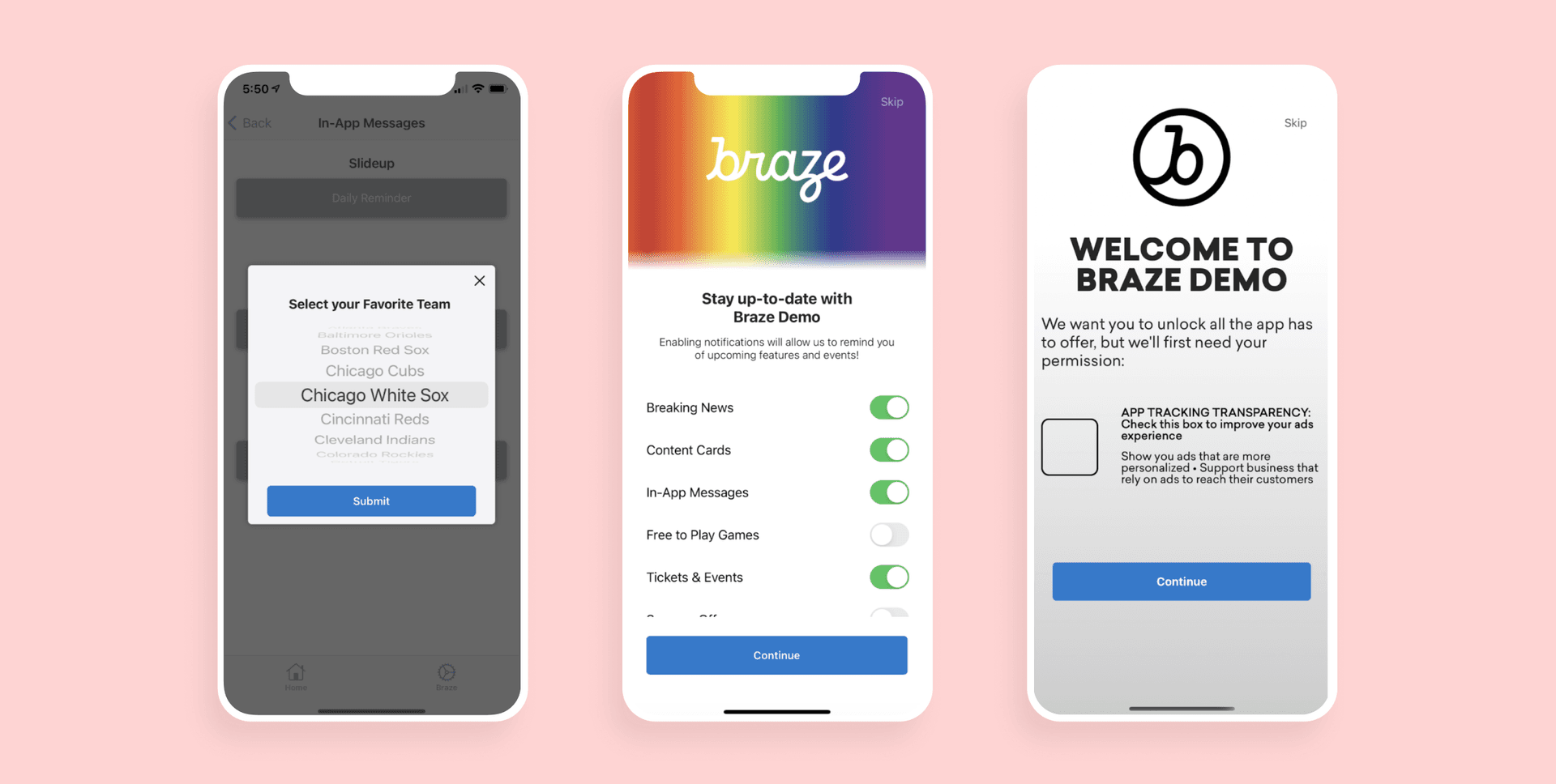
Check out our GitHub repository of custom IAMs from Braze and the Braze customer community to help you get up and running. You can customize IAMs either natively in the Braze platform or with custom HTML.
#9: Target Anonymous Users via In-App Messages

Want to send tailored messaging specifically for anonymous app users? (After all, the right message can prompt anonymous users to create an account, sign up for sale alerts, complete a purchase, and more.) By setting your additional filter "External User ID" to blank, your message will deploy to anyone without an external ID, ensuring that you can target anonymous users effectively.
Learn More Customer Engagement Best Practices at Braze Bonfire
Every day, thousands of Braze users from all over the world visit the Braze Bonfire Slack community to ask questions, share ideas, and grow their network. Join the conversation: Sign up today to become a member of our virtual community and stay in the loop about our ongoing Masterclass sessions led by our experts here at Braze as well as other exciting opportunities to learn, grow, and engage.
Related Tags
Be Absolutely Engaging.™
Sign up for regular updates from Braze.
Related Content
View the Blog
How behavioral marketing turns data into personalized experiences

Team Braze
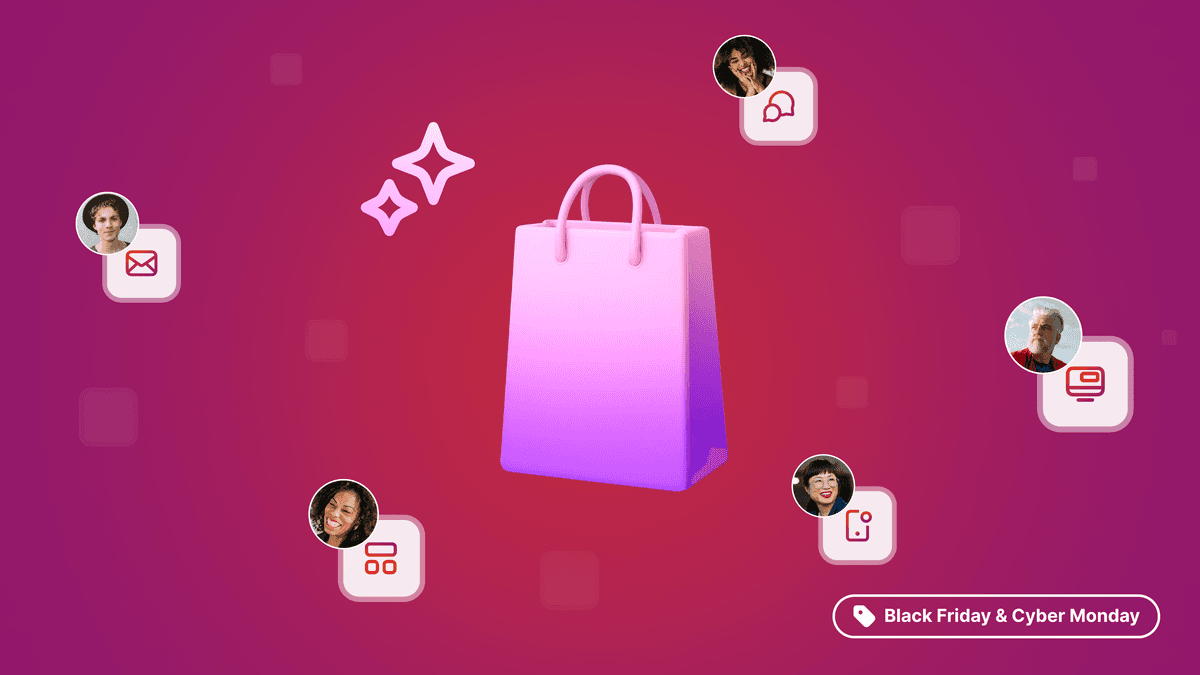
How Braze supports exceptional customer engagement during Black Friday, Cyber Monday, and beyond

Todd Grennan
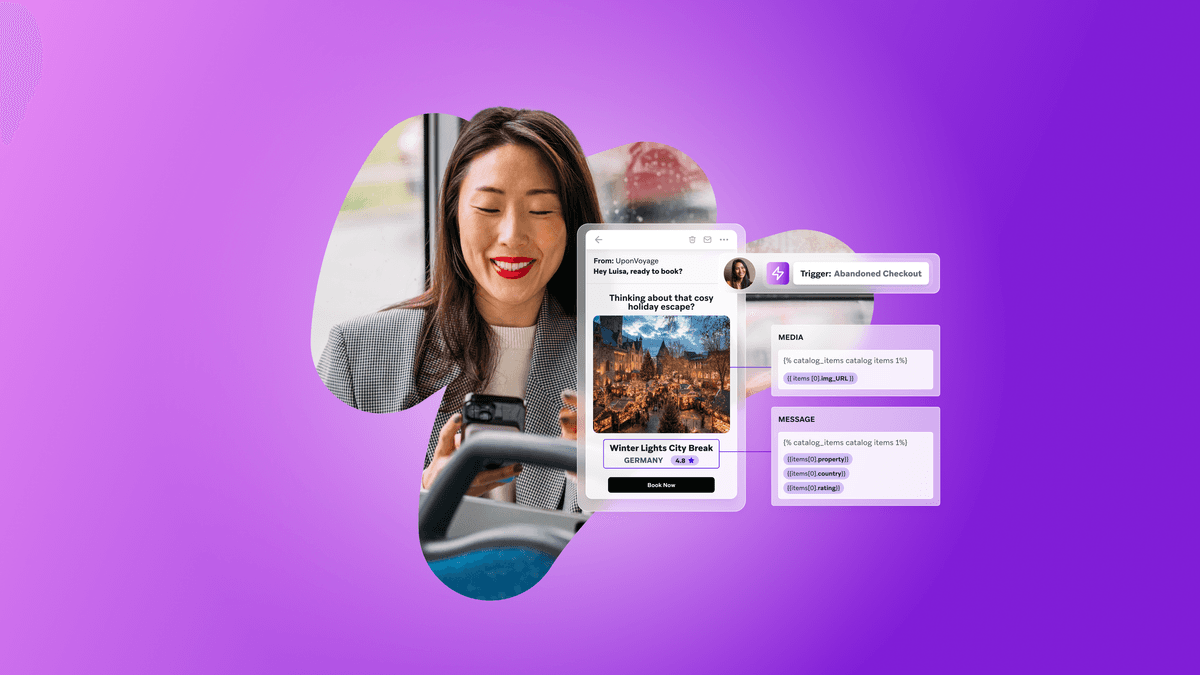
How to overcome messaging fatigue this holiday season
